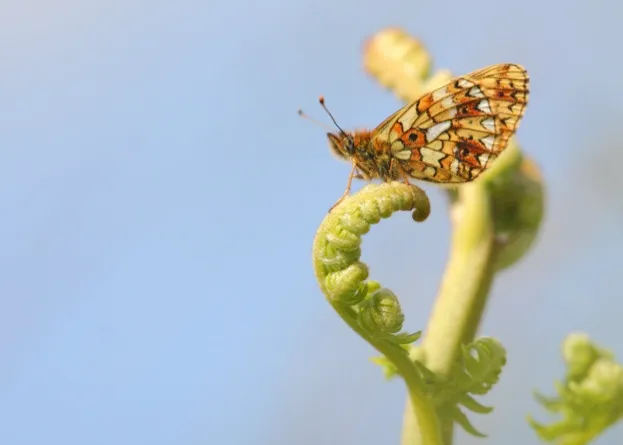A new study of four decades’ worth of bird and butterfly records from more than 600 monitoring sites in England has shown that some species have already disappeared from local areas.
Birds that are adapted to colder temperatures, such as meadow pipits and willow tits, have been lost due to warming and the loss and degradation of habitats.
While some butterfly species are appearing in northern England, a few cold-associated species are dropping in number, including the small pearl-bordered fritillary and the northern brown argus.
“Intensive land use means fewer resources and microclimates that allow species to persist in unfavourable weather conditions,” said Dr Tom Brereton, head of population monitoring at Butterfly Conservation.
“For example, warmer winters can have a negative effect on butterflies, especially those which thrive in cooler conditions.”

The study found larger declines in birds and butterflies that are associated with the cold, and concluded that the effects of climate change on bird and butterfly populations are exacerbated by lack of habitat.
The collaborative research was undertaken by University of Reading, the Centre for Ecology and Hydrology, the British Trust for Ornithology, Butterfly Conservation and Natural England.
